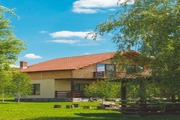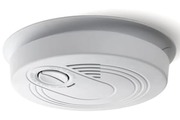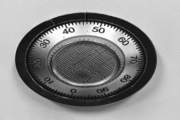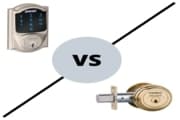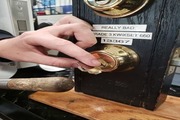Safe Protection Ratings
NOVEMBER 9, 2016
The following safe ratings are designed to help you make decisions about what type of safe is right for your needs.
- UL CLASS 350 – Protects safe contents by sustaining a temperature of 350 degrees Fahrenheit or less and a humidity of 85% or less for the specified time period. Suitable for storage or paper documents. This is the most basic of all UL tests.
- UL CLASS 150 – Protects safe contents by sustaining a temperature of 150 degrees Fahrenheit or less and at a humidity of 85% or less for the specified time period. Suitable for storage of non-paper articles such as magnetic tape, optical media such as CDs and DVDs, and paper articles.
- UL CLASS 350 125 – Protects safe contents by sustaining a temperature of 125 degrees Fahrenheit or less and at a humidity of 80% or less for the specified time period. This rating provides the highest level of protection. Safes with this classification are ideal for storage of most all electronic media and paper documents. Class 125 rated safes also have water-resistant seals on the safe door to prevent the entry of water.
- ATL 15 – Has a combination lock and resists break-ins for up to 15 minutes using hand tools, picking tools, mechanical or portable electric tools, grinding points, carbide drills, and pressure-applying devices.
- TL 30 – Has a combination lock and resists break-ins for 30 minutes with all the tools mentioned for the TL 15.
- TRTL 30 – Has all the same capabilities as the TL 30 with added protection against oxy-fuel and gas-cutting or welding torches. (TRTL=Torch Resistant and Tool Resistant)
- TRTL 60 – Provides all the same protection of the TRTL 30 but resists break-ins for an additional 30 minutes.
- TTXTL 60 – Offers all the same capabilities as the TRTL 60 with the additional protection against explosives. (TXTL=Torch, Tool, and Explosives Resistant)
UL Rating
UL stands for Underwriters Laboratories, an independent organization dedicated to educating businesses and the public about safety and performance of products in a wide spectrum of industries. UL has been testing and rating products for more than 100 years, and evaluates nearly 20,000 products annually. The UL rating is an indicator of product quality and certification of safety.
There are three main UL ratings:
TL Rating
TL rated safes are combination lock safes that offer protection against combinations of mechanical, electrical, and cutting tools. Safes with a TL rating will resist abuse for a varying amount of time, depending on which classification tier they fall under, from picking tools to hand tools, mechanical or electrical tools, grinding points, carbide drills, pressure-applying devices, cutting wheels, power saws and impact tools. Some levels of TR-rated safes can also withstand welding and cutting torch abuse at certain levels.
There are five main TL ratings:
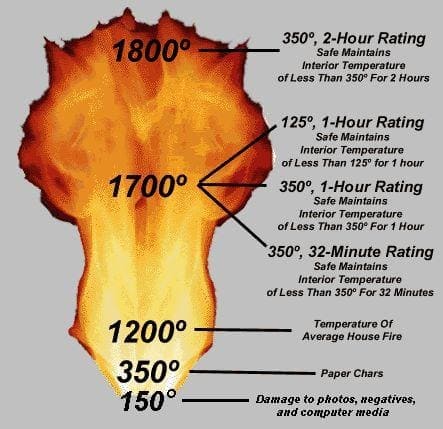
Fire Rating
A B-rated safe’s walls are less than 1/2″ thick, and its doors are less than 1″ inch thick. A B-rated safe earns its rating with the presence of a locking device. Typically, lock work and re-locks are examined when choosing a B-rated safe. At its core, this is a safe with a substantial foundation, one capable of easily resisting hours of brute force abuse by amateur criminals. These safes will generally be capable of withstanding entry attempts by semi-skilled criminals for an hour or more, depending largely on the types of tools used to attempt entry.
B-Rating
A B-rated safe’s walls are less than 1/2″ thick, and its doors are less than 1″ inch thick. A B-rated safe earns its rating with the presence of a locking device. Typically, lock work and re-locks are examined when choosing a B-rated safe. At its core, this is a safe with a substantial foundation, one capable of easily resisting hours of brute force abuse by amateur criminals. These safes will generally be capable of withstanding entry attempts by semi-skilled criminals for an hour or more, depending largely on the types of tools used to attempt entry.
C-Rating
C Rate safes have steel walls that are at least 1/2” thick and doors that are at least 1” thick, as well as a lock. A Class C security safe provides roughly double the penetration protection and tends to have roughly the same amount of added burglary countermeasures as class B security safes.
From the Blog

